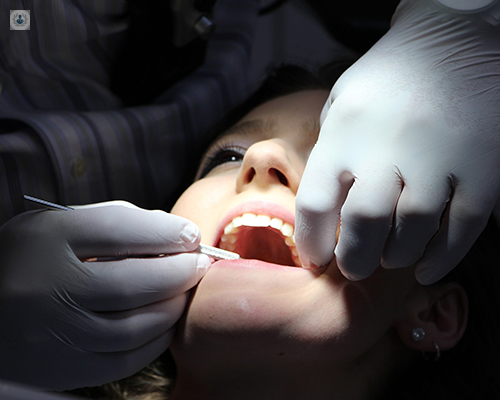


What is surgical endodontics?
Endodontic surgery involves surgical procedures to save a tooth that cannot be saved by nonsurgical root canal treatment.

Why is it done?
Endodontic surgery is needed for the following reasons:
What does it involve?
There are many surgical endodontic procedures to save a tooth, but the most common is called an apicoectomy. This procedure is used to treat inflammation and infection that persists in the bone around the end of a tooth, after root canal treatment. During the surgery the endodontist opens the gum near the tooth to look at the bone and removes any infected tissue, removing the end of the root along with it. The end of the root canal may be filled with a small filling and stitched. After a few months, the bone around the end of the root will heal.
Other types of endodontic surgery can include:
How can I prepare for endodontic surgery?
Before surgery is an option, your endodontist must go over your medical history and take x-rays to make sure that surgery is the last resort to saving the tooth.
Before an apicoectomy, your endodontist will go over the procedure with you and give you a local anaesthetic to make the surgery as comfortable and pain-free as possible.
Post-operative care
Some discomfort and swelling can be expected after the surgery, as the tooth heals. The endodontist will recommend appropriate painkillers. Most patients can return to normal activities the next day, depending on the treatment.
Are there alternatives to endodontic surgery?
Normally, the only alternative to endodontic surgery is tooth extraction. The extracted tooth must then be replaced with an implant, bridge or removable denture. As alternative treatment requires the treatment of adjacent teeth after tooth extraction, endodontic surgery to save the tooth is preferred as it is more cost effective and won’t affect adjacent teeth.